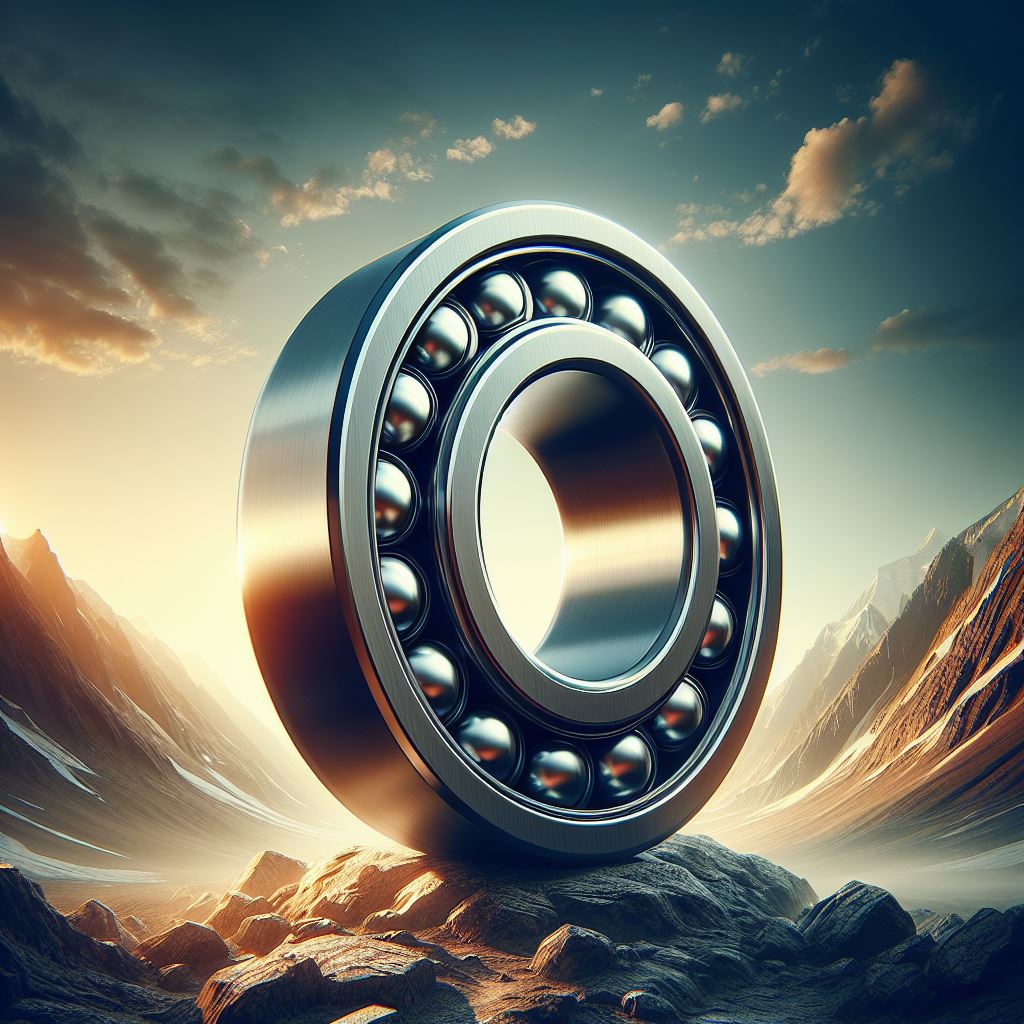
The most common material for bearings is bearing steel. The internal structure, chemical composition uniformity, non-metallic inclusions, carbide particle size and distribution, decarburization level and other aspects of the bearing are very strict. Otherwise, these defects can significantly shorten the lifespan and usability of the bearing material.
1. Purity of Bearing Steel
The fatigue spalling of bearing parts is related to the non-metallic inclusions in the steel, especially the impact of oxides. This is because when a rolling bearing rotates, the contact surface of the bearing parts, under the action of pulsating load, non-metallic inclusions disrupt the continuity of the steel matrix, causing internal stress concentration, plastic deformation around the non-metallic inclusions, and forming micro-cracks.
In addition, the gas content (oxygen, nitrogen, hydrogen) in bearing steel is also an important indicator of purity. Oxygen dissolved in steel precipitates with the decrease of temperature and forms oxide inclusions with elements such as aluminum, calcium, silicon, manganese. Nitrogen in steel forms very dispersed aluminized nitrogen inclusions and larger titanium nitride and titanium carbonitride inclusions. Once aggregated hydrogen atoms combine to form hydrogen molecules, they generate tremendous pressure, and white spots are formed when it exceeds the strength limit of the steel. Reducing the gas content is an important part of improving the purity of bearing steel.
The main manufacturers of bearing steel in our country have recently successively built and put into operation ultra-high-power electric arc furnaces, using advanced eccentric furnace bottom steelmaking technology and secondary refining, reducing the oxygen content in steel to about 10×10-6, and the lowest individual oxygen content is (4~3)×10-6. The secondary refining ratio also reached 100%. Therefore, the number of inclusions in steel is well controlled.
2. Uniformity of Bearing Steel
The uniformity of bearing steel refers to the uniformity of the chemical composition and carbides. Factors like ingot structure, ingot weight, casting temperature, and casting method affect the distribution of the chemical composition in steel. The heating process of ingots and billets before hot processing, final temperature of steel material hot processing, cooling method afterwards, and spheroidizing annealing process all affect the uniformity of carbides.
3. Precision and Surface Quality of the Steel
Improving the precision of the steel not only enhances the utilization rate of bearing material but also reduces unnecessary cutting and processing.
The bearing’s lifespan and reliability are related to its structural design, the materials used, heat treatment processes, and equipment, installation, usage conditions, and more. Among them, material and heat treatment are one of the key factors affecting bearing lifespan and feasibility. For bearing manufacturers, choosing qualified and high-quality bearing materials is also one of the key factors to improve the bearing lifespan. Factors such as low material strength, poor purity, unreasonable fiber structure orientation of metal materials, low hardness, inappropriate forging ratio, and large residual stress can easily cause bearing damage. The impact of foreign steel quality on bearing life was about 50% in the 50s and 60s, shrunk to 1/3 in the 80s. Currently, in China, due to the impact of technology and equipment, the effect of bearing steel quality on bearing life is about 60%.
No comment